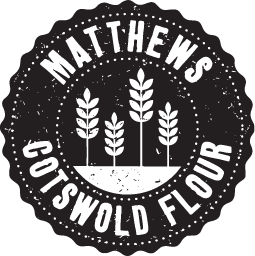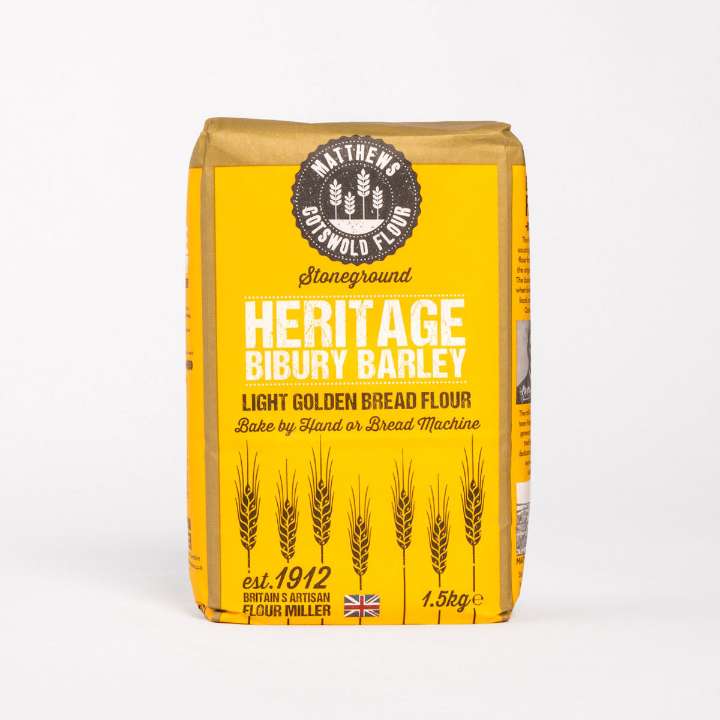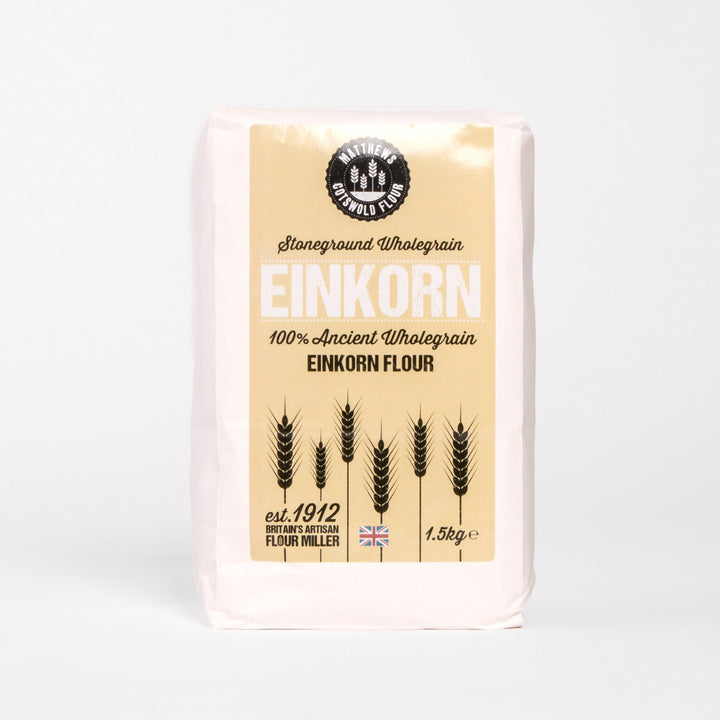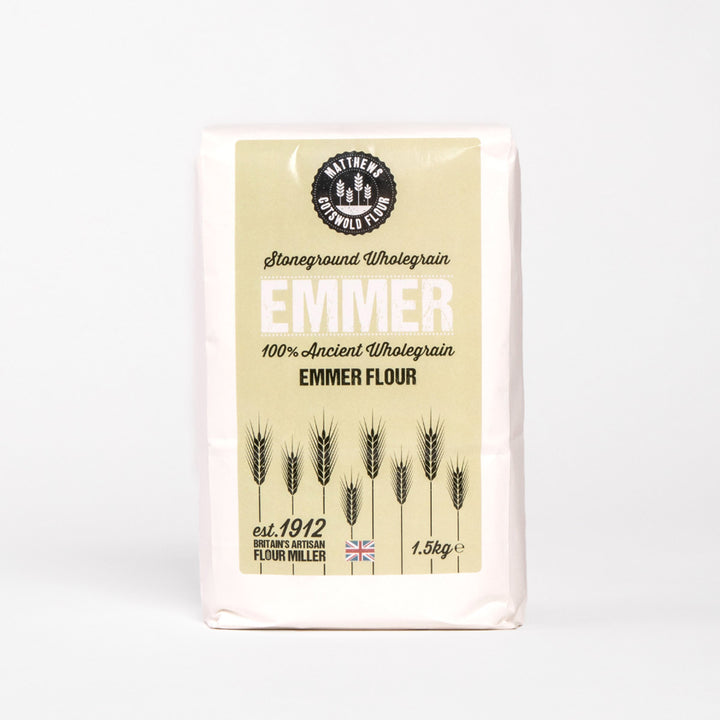What’s strong flour and when should you use it?


When you browse through our online flour store, you can see that we carry a variety of flour for different types of pastry or food.
For example, we have pizza pasta flour, Matthews French Patisserie Flour, and Rollright Plain Flour for cakes, cookies, and pastries.
While various flour types are used for different types of food pastry, there’s one flour type commonly used for most pastry and food and that’s strong flour, also known as bread flour.
Strong flour is made by grinding hard wheat grains that are high in protein content in a process known as milling. Lots of kneading is required when using strong flour to make strong dough because of its high protein content. Strong flour is often used to make bread, bagel, pasta, pretzel, or any product that requires lots of structure and chew.
Strong flour tastes similar to other flours but is slightly off-white and feels more coarse and dense.
More details about strong flour
All wheat flours contain two types of protein: glutenin and gliadin.
When flour is moistened with water and kneaded, glutenin and gliadin mix and form gluten.
Gluten produces the stringy strands that give dough its elastic and stretchy structure and bread products their characteristically chewy mouthfeel.
Compared with other kinds of flour, strong flour has a significantly higher content of protein, which is in the form of gluten. The amount of gluten in strong flour helps bakers produce more chewy, light, and structured baked goods.
On the contrary, flour with a lower gluten content, such as cake flour or pastry flour, will produce a tender and less structured product that can easily crumble which is easier on the digestive system.
Benefits of using strong flour
Strong white flour ensures the bread will rise, as the protein, gluten, absorbs the water in the dough and becomes stretchy, trapping the carbon dioxide created by the fermenting yeast. As FWP Matthews strong white flour has a higher protein percentage than regular flour, it’s known as a strong flour, giving more reliable results when making bread and bread rolls.
As the gluten sets whilst baking, the stretched fibres give body to the bread and its spongy texture. When using flour of a lower protein percentage, the bread can be heavier and dense as a result. Therefore using high 13% protein strong flour is recommended.
Strong flour is unsuitable for those who have gluten allergy or sensitivity
If you’re baking for someone who has celiac disease (a type of gluten sensitivity) or wheat allergy, avoid using strong flour. Celiac disease is a digestive disorder caused by an autoimmune response to gluten. If a person has celiac disease, consuming protein may cause serious damage to the digestive tract over time. Hence, that person needs to stay away from food that uses strong flour.
If you’re baking for people who have celiac disease or gluten sensitivity, you can use gluten-free flour such as almond flour or buckwheat flour.
When should strong flour be used?
Strong flour is suitable for bread and rolls and can easily replace all-purpose flour in many bread recipes. You can even swap strong flour with pizza flour to make the pizza more chewy (if you like).
Strong flour shouldn’t replace flour that’s used for crumbly or fluffy pastry such as cakes and scones. The pastry would be too chewy if it uses strong flour.
If you want to get your bake on, come shop at our online flour shop or check out our online baking recipes!
Happy baking!
The Matthews Team
← Older Post Newer Post →

















